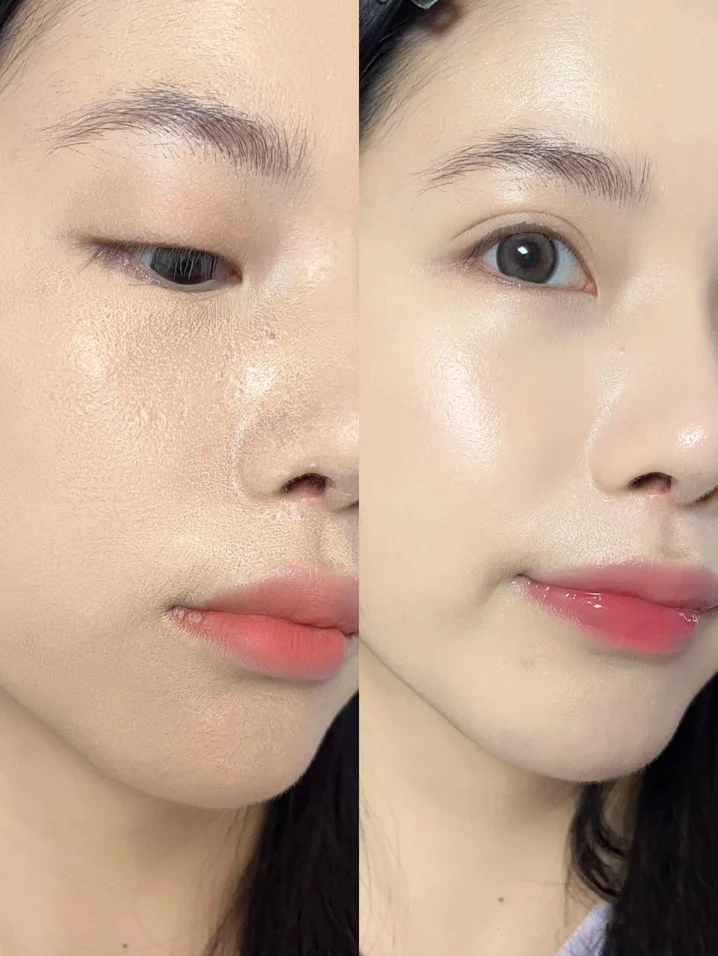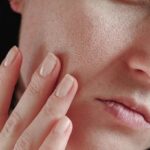Dry skin can cause your makeup to look uneven, with patches of different colors, making it look unnatural. This often occurs in areas with distinct skin textures on the face or in areas prone to dryness, such as the sides of the nose, under the eyes, etc. So, how can we address the issue of cakey foundation during the winter?
Why does our winter base makeup often flake and cake?

Many women experience cakey foundation during the winter months.
1. As the seasons change and the weather turns colder, the air becomes dry, and our skin loses moisture. When we apply makeup without the proper balance of oil and water, it can cause our foundation to cake and flake. The pigments in our foundation tend to cling to the surface of the skin, creating visible streaks. Additionally, when our skin lacks moisture and hydration, it becomes challenging for the foundation to adhere properly, resulting in a noticeable layer of product.
2. The choice of skincare products can also be a primary cause of cakey foundation. Some people may opt for over-moisturizing or applying too many skincare products in an attempt to boost hydration. However, our skin cannot absorb all the products, and the excess tends to sit on the surface. When we apply makeup over this, it can lead to visible and sticky foundation.
3. Using incompatible cosmetics can also contribute to the issue. Different skin types have distinct needs. For instance, individuals with dry skin may require moisturizing makeup products to help maintain hydration.
How can we fix a patchy base?
1. Choose the right base makeup for the season: To address flaking and caking, opt for moisturizing foundation products. For example, a hydrating foundation with moisturizing ingredients will adhere better to the skin and reduce the appearance of dry patches.
2. Add serum to your foundation: Adding 1-2 drops of serum to your foundation will help moisturize and smooth out dry formulas.

Moisturizing the skin before applying makeup can help prevent flaking and create a smooth canvas for your foundation.
3. Use the right tools: Utilizing beauty blenders or brushes can help blend the foundation seamlessly into the skin, creating a more natural finish.
4. Apply a small amount of foundation multiple times: By applying a thin layer of foundation multiple times, you can achieve an even coverage and avoid an uneven, thick application.
5. Moisturize before makeup: Before starting your makeup routine, use moisturizing products such as a hydrating cream, mist, or lotion. These products will provide the necessary hydration for your foundation to adhere properly.
6. Use powder products sparingly: If you prefer powder cosmetics, opt for a small amount of hydrating setting powder. After applying your makeup, use a brush to remove any excess powder.

Excessive use of powder products can lead to a cakey appearance and accentuate dry patches.



































